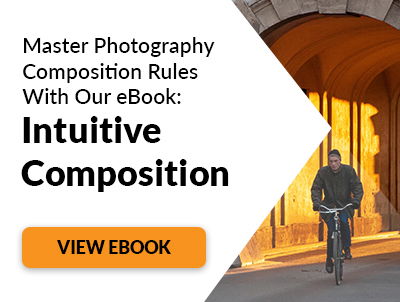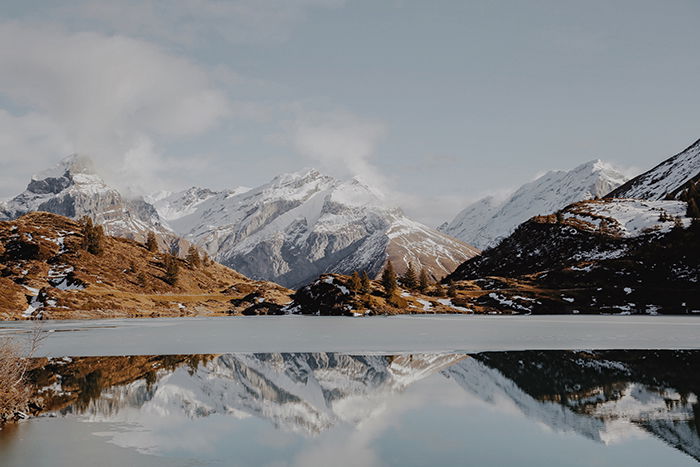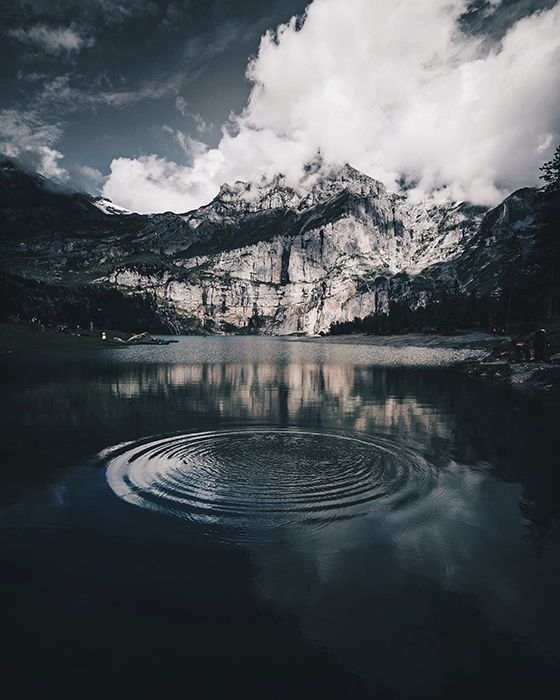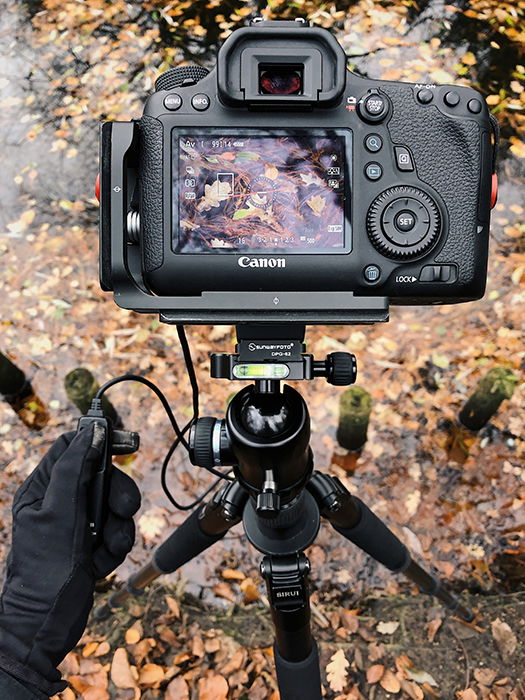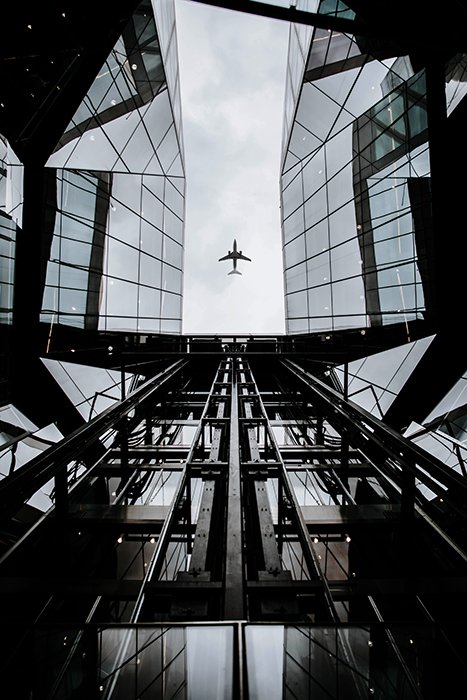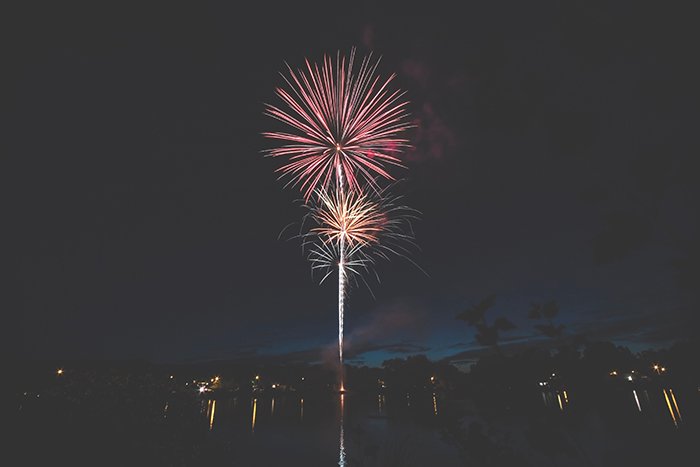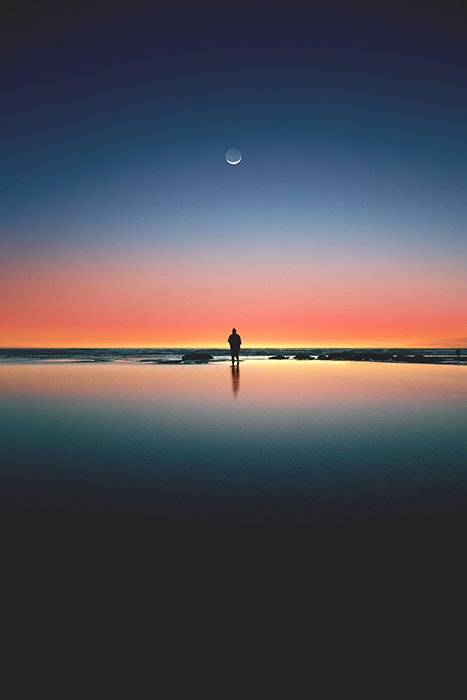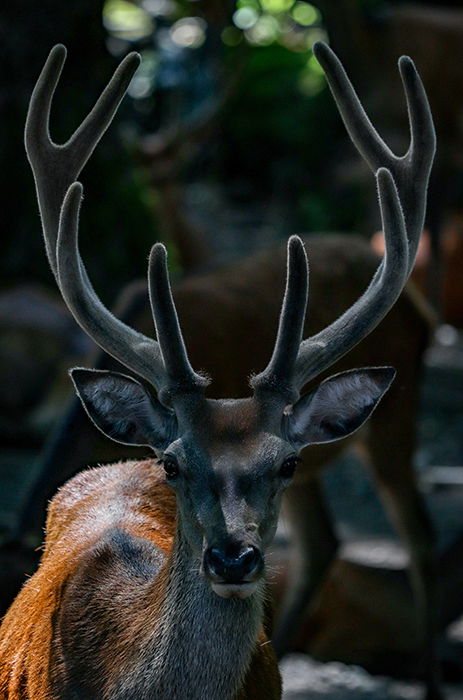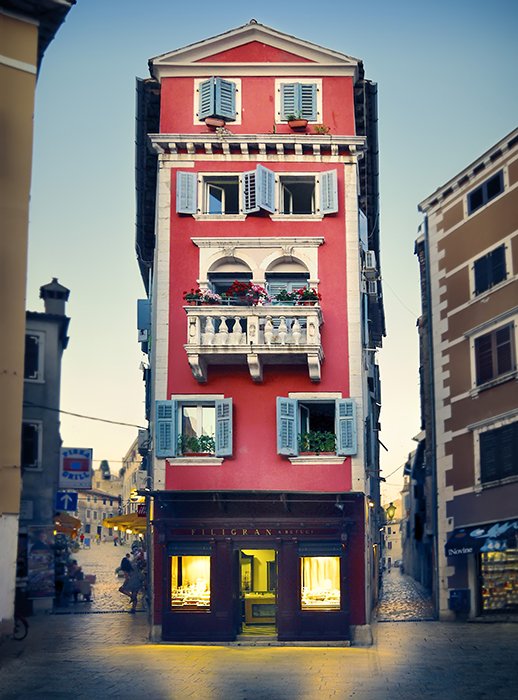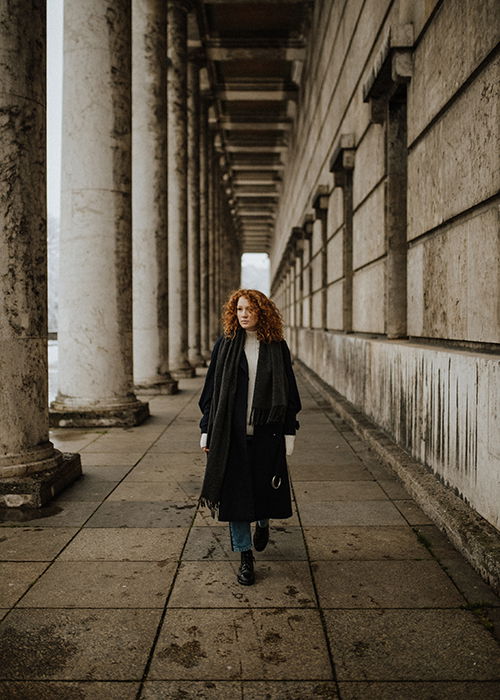We’ll show you how to use symmetry in photography to transform simple photos into eye-catching ones. All you need is your camera and this quick tutorial full of tips and ideas.
The Importance of Symmetry In Photography
A simple photo of fruit can turn into an exciting composition with the help of symmetrical photography knowledge. Symmetrical photos stand out because they’re attractive to the eye. Humans are drawn to visual perfection and compositions that work in harmony. There’s a certain kind of comfort in photos that are almost perfect. Attraction isn’t the only thing that makes symmetry so important. With symmetrical photography, you’ll be able to find potential in the simplest things. Even if you’re not a still life photographer, you might get inspired by a perfectly symmetrical plant. And then turn it into a photography masterpiece. Your knowledge of symmetry will help you improve your imagination and find opportunities in many places. Another benefit of understanding symmetry is knowing how to work with leading lines. A seemingly busy location will look perfect if you know where to shoot from. Knowing how to use leading lines will also help you add depth to your photos. Instead of looking flat, your compositions will have shape and meaning. This will make your symmetrical images stand out even more. Once you learn how to take symmetrical photos, you won’t need to keep taking them. You’ll be able to use your newfound skills in ways that are unique to your style. For example, as a landscape photographer, you can use symmetry to create powerful compositions with reflections.
4 Most Common Types of Symmetry in Photography
Symmetry exists in different forms. From simple rotational symmetry that’s taught in primary school, to more complicated fractal symmetry. You can experiment with as many types of symmetry as you like. Here are the most common ones that many photographers like to include in their photos.
Vertical Symmetry
Vertical symmetry is the most common type of symmetry. Draw an imaginary vertical line at the center of your composition. If both sides are symmetrical, your photo will look visually appealing. Vertical symmetry is often used in architectural photography. It emphasises the size, shape, and design of buildings.
Horizontal Symmetry
Take your imaginary line and place it horizontally at the center of your composition. Horizontal compositions are often used in landscape photography. Especially when a body of water is present. This can be confused with reflective symmetry. The difference is that horizontal symmetry doesn’t necessarily have to feature a reflection. Reflective symmetry always does.
Radial Symmetry
If you’re mesmerised by circular shapes, you’ll love radial symmetry. This type of symmetry usually involves shapes that go round and round with the same patterns. This is often associated with ripples. But it can also be used to photograph succulents, domes, wheels, etc.
Reflective Symmetry
As its name suggests, reflective symmetry is all about reflections. You can find reflections in water, surfaces like glass, and buildings. You don’t need to be on the same level as your subject to take interesting reflective photos. Look for unusual surfaces, like the highway above, to take equally unusual photos.
Equipment That Will Help You Take Better Symmetry Photography
You don’t need to invest in fancy camera equipment to take great symmetrical photos. But your shooting process might get easier with the following tools:
Tripod – a tripod will help you focus on your composition without worrying about shaky hand movements or crooked horizons. Bubble level – this little tool will help you figure out how balanced your photo is in terms of levels. This will help you take perfectly straight photos that won’t need to be cropped. Remote – a remote will help you take photos from a distance. This is great for self-portraits and long exposure photography. You’re less likely to ruin a shot if you’re not holding your camera.
Artificial Symmetry in Photography
You can create symmetry with the help of an app or an editing program. Artificial symmetry is fun to work with. Especially if you’ve already taken photos that aren’t symmetrical or if you just want to boost your creativity. I wouldn’t recommend using artificial symmetry in photography regularly. It might stop you from improving your skills and finding creative potential in the real world.
Symmetry in Photography Ideas
Last but not least, here are a few ideas to spark your creativity. Use them as inspiration to embrace symmetry in photography.
6. Look for Symmetry at an Event
You should definitely experiment with architectural, landscape, and still life photography when you take symmetry photography. But you should also try to be spontaneous. Events are perfect for this. The unpredictability of events can lead to a lot of unexpected photo opportunities. Look at the photo above. The photographer managed to create symmetry using fireworks, which usually last a few seconds. And they also included horizontal and reflective symmetry in their composition.
5. Make Your Own Symmetrical Lines
Symmetrical lines don’t exist just out in nature. You can create your mini studio and take symmetrical photos at any time of day. Make a DIY light box, paint symmetrical lines like the ones above, and emphasise symmetry by placing an object on those lines. This will help you improve your symmetrical photography skills. And a DIY studio like this will also help you become a better studio photographer.
4. Take a Symmetrical Self-Portrait
Symmetry in photography is often associated with non-living objects like buildings. But it can also include people. Self-portraiture is a fantastic way to get better at finding good compositions without always being behind the camera. To make the process easier, make sure you use a sturdy tripod and a remote. Since you’ll have to focus on posing and symmetry at the same time, take photos in a peaceful location on a sunny day. The more comfortable you feel, the easier it will be to take photos you’ll be proud of.
3. Find Symmetrical Lines in Animal Photography
If you want to challenge yourself even more, focus on finding symmetry in animals. If you don’t have access to wild animals, you can take photos of pets instead. Animals can be very difficult to work with because they’re not always willing to pose for the camera. This will make your photo shoot harder. But it will also make your successful shots more unique than a simple still life photo.
2. Take a Photo of Your Favourite Building
You can’t get into symmetrical photography without experimenting with architectural photography at least once in your life. Even if buildings don’t inspire you, try to see potential in them. Take the time to find patterns and space for creative growth. The best way to achieve this is to photograph a building that speaks to you. This could be your childhood home, a tourist attraction in your region, or just a little building that makes you feel happy. Focus on colors, height, depth, and details. Take photos of the building at different times of day. Your results will not only reflect your skills, but also capture something that means a lot to you.
1. Challenge Yourself by Taking Photos With Your Smartphone Camera
Smartphone photography is becoming more and more popular. This is thanks to technological advances and social platforms like Instagram. This doesn’t mean you have to ditch your beloved camera equipment and become a smartphone photographer. But temporarily replacing your DSLR with a simple camera might help you look at the world from a new perspective. Without all the professional features that your camera offers, you’ll have to make the most of very simple camera tools. These include exposure, focusing, and ISO. With these limitations, you’ll be able to focus on compositions. If you don’t like smartphone photography, you can still use it to your advantage. If you travel a lot, you can take snapshots of locations that you want to come back to later. You can then observe your results to come up with compositional ideas. And then you can return to the locations fully prepared.
Conclusion
Symmetrical photography will show you how to add more depth, vibrance, and clarity to your images. You don’t have to pursue symmetry in photography your entire life. But give it a try at least once, especially if you’re stuck in a photography rut. Your skills will improve and you’ll have fun trying to find symmetry in your surroundings.

